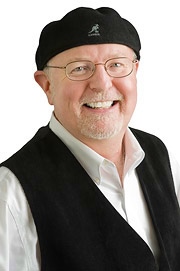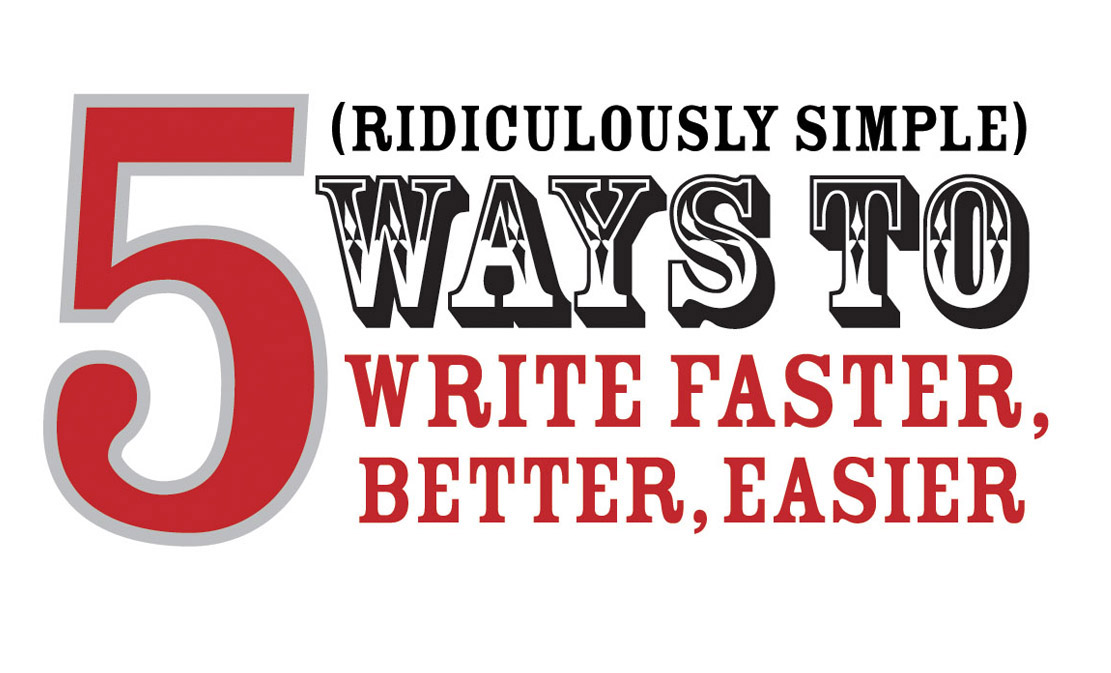“How do you want your audience to feel after watching your film?”
I ask that question to every new client.
Intellectually, I never understood why I asked that question.
Emotionally, I understood why I asked it.

Your viewer needs to resonate with your video.
25 years later, I now have a simple theoretical answer to my question. And I can thank Tony Schwartz, media guru and soundman, for his “resonance principle.”
I remember back in 1984 when my soundman bugged me for weeks to read Tony’s two books, “The Responsive Chord” and “Media: The Second God,” written in 1973 and 1981. Regrettably, I never read his books until now.
Most people have never heard of Tony Schwartz (1923-2008). But many remember Lyndon B. Johnson’s 1964 infamous “Daisy” political commercial highlighting the dangers of nuclear arms. Tony was the creator of that spot along with 20,000 other radio and television spots.
For the past two months, I have been absorbing Tony’s simple yet profound ideas on how we learn and respond to electronic communication, especially through television.
Here are my key take-away's from Tony's two books.
1. The current communication model is broken
Print has dominated our senses, culture and communication processes for over 500 years.
This domination created a gap and a strong bias in our understanding of how pre-literate or auditory cultures communicate.
Print is linear. Left to right. Top to bottom. Information is in a fixed form. Word after word. Line after line.
Communicating in print requires ideas to be “transported” across space and time. We have assumed for so long that all information must be moved across a space/time continuum.
2. What happens when there is no “content” to move? No distance to cover?
Like television? Or radio?
3. A different communication model is required in the electronic media age.
Television is a game changer in how the brain processes information. Electronic media conditions our brain to process information the same way our ears process information.
4. Schwartz’s “Big Idea:” Electronic media is returning us to an auditory culture.
“The ear receives fleeting momentary vibrations, translates these bits of information into electronic nerve pulses and sends them to the brain. The brain “hears” by registering the current vibration, recalling the previous vibrations, and expecting future ones. We never hear the continuum of sound we label as a word, sentence or paragraph. The continuum never exists at any single moment in time. Rather, we piece bits of information (millisecond vibrations) together and perceive the entire three-stage process as “hearing.” With television, our eyes function like our ears; we never “see” a picture any more than we “hear” a word. Pictures and sounds never exist in a continuum.” (The Responsive Chord, Tony Schwartz.)
5. For the first time ever our eyes are now functioning exactly like our ears!
This is an extraordinary moment in our communication culture; one we take entirely for granted.
6. But what does this mean to the viewers watching your video?
It means audio/visual information affect us differently from print. “Content” is a print term. “Content” does not exist in audio/visual information. Audio/visual information are stimuli that affect our nervous system differently than print. We feel differently watching and hearing something vs. reading it.
The fact that a sound “isn’t there” anymore that a television image “isn’t there” creates a need for a new way of understanding how our brains react to electronic stimuli. Inevitably, it demands a new way for us to connect to our intended audiences.
7. Using the “Resonance Principle”
“The resonance principle suggests that the starting point for understanding and creating communication lies in examining the communication environment you are living in at this moment, and the context within which any stimuli you create will be received.” (Tony Schwartz, The Responsive Chord, pg. 160)
“Resonance takes place when the stimuli put into our communication evoke meaning in a listener or viewer. That which we put into the communication has no meaning in itself. The meaning of our communication is what a listener or viewer gets out of his experience with the communicator’s stimuli. The listener’s or viewer’s brain is an indispensable component of the total communication system. His life experiences as well as his expectations of the stimuli he is receiving, interact with the communicator’s output in determining the meaning of the communication.” (Tony Schwartz, The Responsive Chord, pg. 25)
8. What’s our challenge, then?
“The communicator’s problem, then, is not to get the stimuli across, or even to package his stimuli so they can be understood and absorbed. Rather, he must deeply understand the kinds of information and experiences stored in his audience, the patterning of this information, and interactive resonance process whereby stimuli evoke this stored information.” (Tony Schwartz, The Responsive Chord, pg. 25)
9. The Resonance Principle Reframed:
The message is created AFTER the type of response is determined.
We’re back to my original question:
10. “How do you want your audience to feel after watching your film?”
I’ll be posting more about Tony Schwartz’s ideas on resonance in the future. I hope you get a chance to pick up his two books and learn more about this incredible man and his contributions to how we learn in this new age of electronic media.
What do you think?
- Is the resonance concept still valid today, 35 years later after the book’s publication?
- Has the internet changed Tony’s model in any way?
- I’m curious what you think. Share your thoughts by leaving a comment.
---Tom
P.S. Originally posted on my Fast Company column, "Let's See That Again!"
 Are Your Viewers Resonating With Your Videos?
Are Your Viewers Resonating With Your Videos?
 Sunday, March 29, 2009 at 08:05AM
Sunday, March 29, 2009 at 08:05AM 





